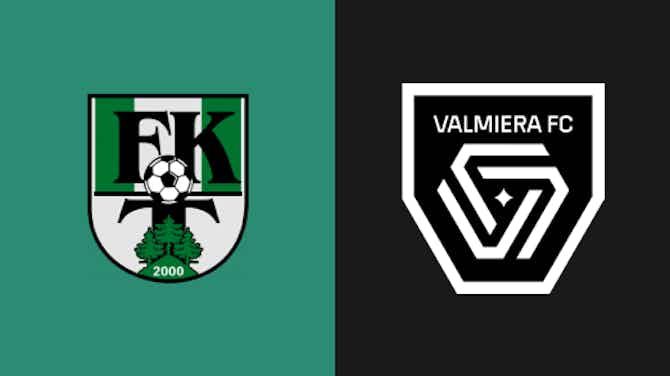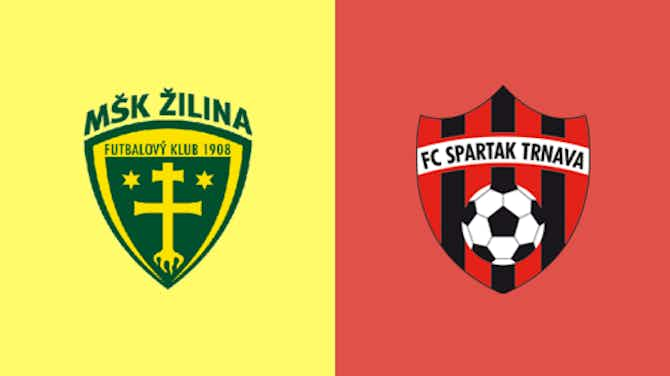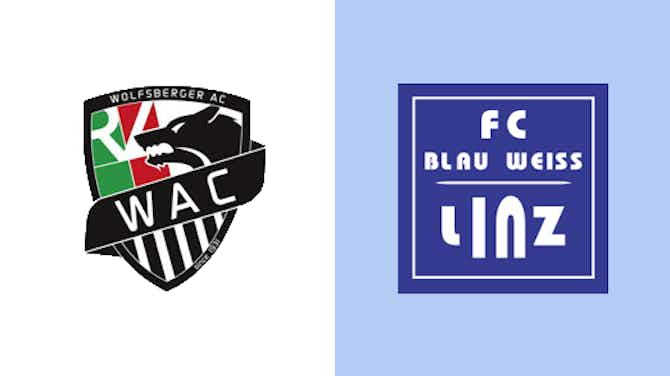To The Lane And Back
·28 March 2024
The Vital Role of Communication on the Soccer Field: Unlocking Success in Leagues

To The Lane And Back
·28 March 2024

Communication is the heartbeat of any successful soccer team. On the field, amidst the flurry of movement and the roar of the crowd, effective communication stands as the invisible force that guides players orchestrates strategies, and fosters unity. In the context of soccer leagues, where competition is fierce and every moment counts, mastering the art of communication can be the key differentiator between victory and defeat.
In this article, we delve into the intricate web of communication on the soccer field, exploring its significance, its various forms, and practical strategies for enhancing communication prowess. Whether you’re a player, coach, or enthusiast, understanding and implementing effective communication techniques can elevate your team’s performance to new heights.
Effective communication in soccer league goes beyond mere verbal exchanges. It encompasses a spectrum of actions, gestures, and signals that facilitate seamless coordination among teammates. At its core, communication serves several critical purposes:
Communication on the soccer field manifests in various forms, each serving a specific purpose and complementing the others. These include:
Enhancing communication on the soccer field requires a concerted effort from players, coaches, and support staff. By adopting the following strategies, teams can cultivate a culture of effective communication that propels them towards success:
Communication lies at the heart of success in soccer leagues, serving as the linchpin that connects players, coaches, and support staff in pursuit of victory. By fostering a culture of effective communication, teams can maximize their potential, adapt to challenges, and overcome obstacles on the path to success. Whether it’s through verbal exchanges, non-verbal cues, or visual observations, mastering the art of communication on the soccer field is essential for achieving greatness in the beautiful game.






























































